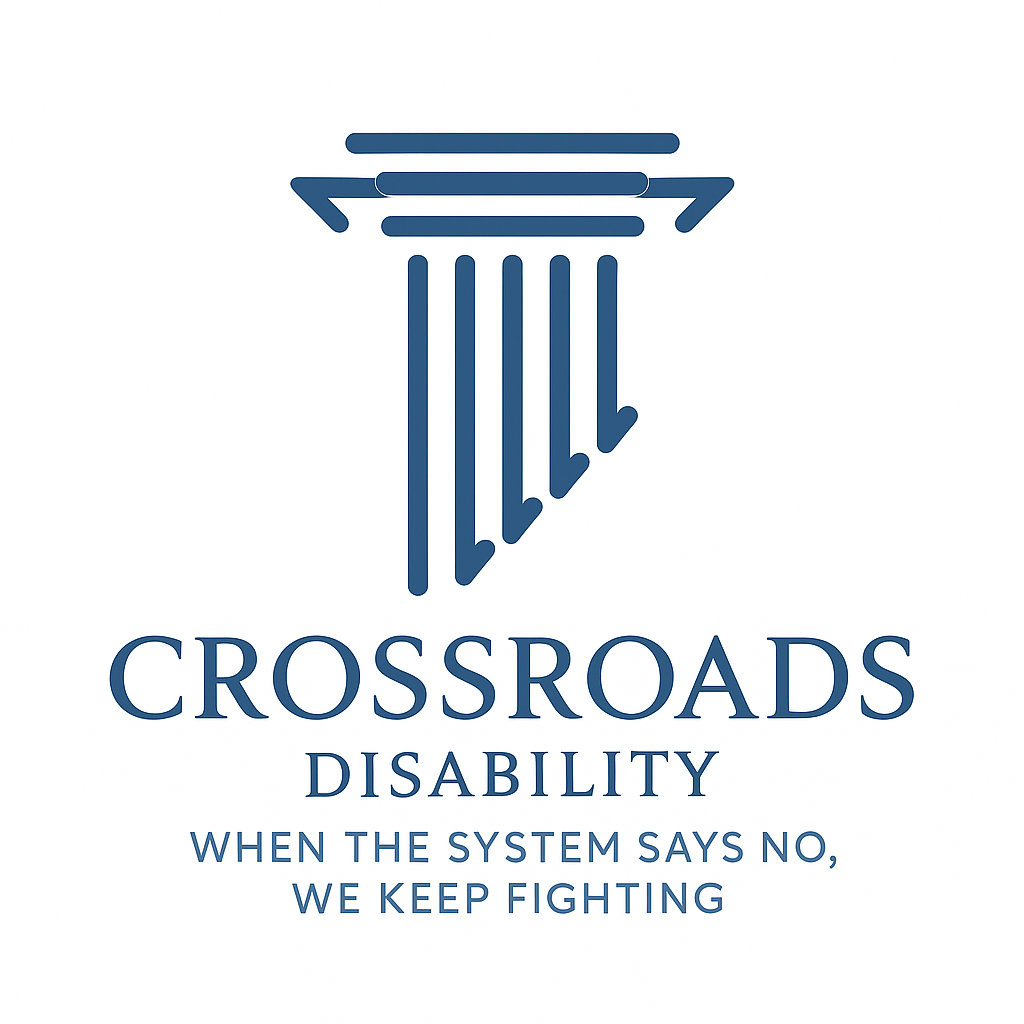What Does SSDI Mean?
What ssdi Means

If you’ve ever heard the term SSDI and wondered what it stands for or whether you qualify, you’re not alone. Many people confuse SSDI with SSI, but they’re actually two different programs. Let’s break down what SSDI (Social Security Disability Insurance) means, who it helps, and how it works.
What SSDI Stands For
SSDI stands for Social Security Disability Insurance. It’s a federal program run by the Social Security Administration (SSA) that provides monthly benefits to people who are unable to work because of a long-term disability.
Unlike SSI (Supplemental Security Income), SSDI isn’t based on financial need — it’s based on your work history and the Social Security taxes you’ve paid over time.
Who Qualifies for SSDI
To qualify for SSDI, you must meet two basic requirements:
- Work History:
You must have worked long enough — and recently enough — in jobs that paid into Social Security. The SSA measures this in “work credits.” You can earn up to 4 credits per year; most people need around 20 credits (five years of work) in the last 10 years to qualify. - Medical Condition:
You must have a serious medical condition that prevents you from doing substantial work and is expected to last at least 12 months or result in death.
The SSA maintains a detailed list of qualifying medical impairments, but even conditions not listed may qualify if they limit your ability to work.
How Much Does SSDI Pay?
The amount of SSDI you receive depends on your lifetime earnings, not the severity of your disability.
In
2025, the
average monthly SSDI benefit is about
$1,537, while the
maximum is
$4,018 for those who earned high wages and paid maximum Social Security taxes.
Each year, benefits are adjusted through a Cost-of-Living Adjustment (COLA) to keep up with inflation.
When SSDI Payments Begin
If you’re approved, SSDI payments usually begin after a five-month waiting period from the date the SSA determines you became disabled.
Payments are then made monthly, and in most cases, you’ll also qualify for
Medicare after receiving SSDI for
24 months.
Can You Get SSI and SSDI Together?
Yes — some people receive both.
If your SSDI payment is small and your total income and assets are limited, you may also qualify for
SSI (Supplemental Security Income) to supplement your disability benefit.
How to Apply for SSDI
You can apply for SSDI:
- Online at ssa.gov
- By phone at 1-800-772-1213
- Or through your local Social Security office
👉Click here to call Crossroads Disability, if you need help filing for SSDI.
The process can be complicated, and most people are denied at least once before being approved. Having an experienced disability lawyer increases your chances of success, especially if you need to appeal.
Get Help With Your SSDI Claim
At Crossroads Disability, we help people nationwide apply for and win Social Security Disability benefits. From initial applications to hearings and appeals, our team knows what it takes to prove your case.
Want to know which claim, SSI and/or SSDI, you may qualify for? 👉 Click here for a free tool that will tell you in minutes and how much money you may be eligible to receive.
👉 Contact us today for a free case review.
You pay
no upfront costs — we only get paid if you win.










